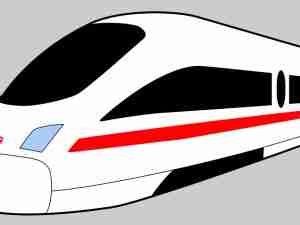CINS facilitates the capture by liner operators of structured key causal information relating to cargo and container incidents. The information capture explicitly excludes any shipper data in order to preclude an anti-trust concerns; the CINS Organisation is committed to comply with the US Sherman Act, Article 101 and 102 of EU treaty and any other similar competition law. The information gathered provides an early warning of worrying trends, whether relating to cargoes that display dangerous characteristics, but have not yet been recognised as such in the IMDG Code, or continuing or emerging unsafe practices in the unit load industry. At the heart of this initiative is a quest for quality ' both in terms of pure service delivery, ensuring the cargo arrives in sound condition on time, and also improving the way in which all parties in the supply chain carry out their obligations and communicate.
The incident data captured since launch is now lending weight to ' and to some extent challenging assumptions from ' the anecdotal evidence from previous years. The records include the nature of the cargo concerned and its packaging, together with details of the routing, and then information on the type of incident and the root cause. The TT Club, as a key insurer for the transport industry, and advisory members of the CINS committee, undertook analysis of the data on behalf of CINS.
While the greatest potential to drive improvements in safety through the supply chain rests in the root cause analysis, a sobering finding has been that a third of the incidents arose from cargoes loaded in Europe and North America (see Chart 1), where packing controls might be considered to be more mature. In part the finding may provide an insight into the nature of trade and the length of the supply chain 'hinterland'.
Chart 1: analysis of incidents by port of loading
Given that the records are initiated by incidents ' the presenting problem ' it may be unremarkable that more than two thirds of the substances involved are dangerous goods. However, the significance of this becomes clear when looking at the type of incident that is incurred (see Chart 2), where half relate to leakage and a further fifth are mis-declared. Thankfully, only 8% of the incidents by number involve fire or explosion, but clearly the consequences then are far more serious.
Chart 2: analysis by incident type
In line with the aspirations of CINS to pinpoint what can be done to make the supply chain safer, the analysis of root cause is particularly important (see Chart 3). The whole transport industry is currently exercised on the subject of packing cargo, and the evidence for this is prominent in these records. Half the incidents were found to result from packing issues. This is especially telling when the database reveals that more than a third of the incidents with packing issues involve corrosive cargoes, which by their nature will react with other substances. In fact, when it comes to packing issues, 80% of the records involve dangerous goods.
Chart 3: analysis by potential cause
A further key finding ' and chilling for all liner carriers ' is that it was found that 21% of the cases involved mis-declaration of the cargo, mostly dangerous goods. This is probably the first time that this 'iceberg' risk has been quantified. As investigators continue to sift for evidence on board 'MSC Flaminia', the fears of the liner industry that the nature of cargo carried is







